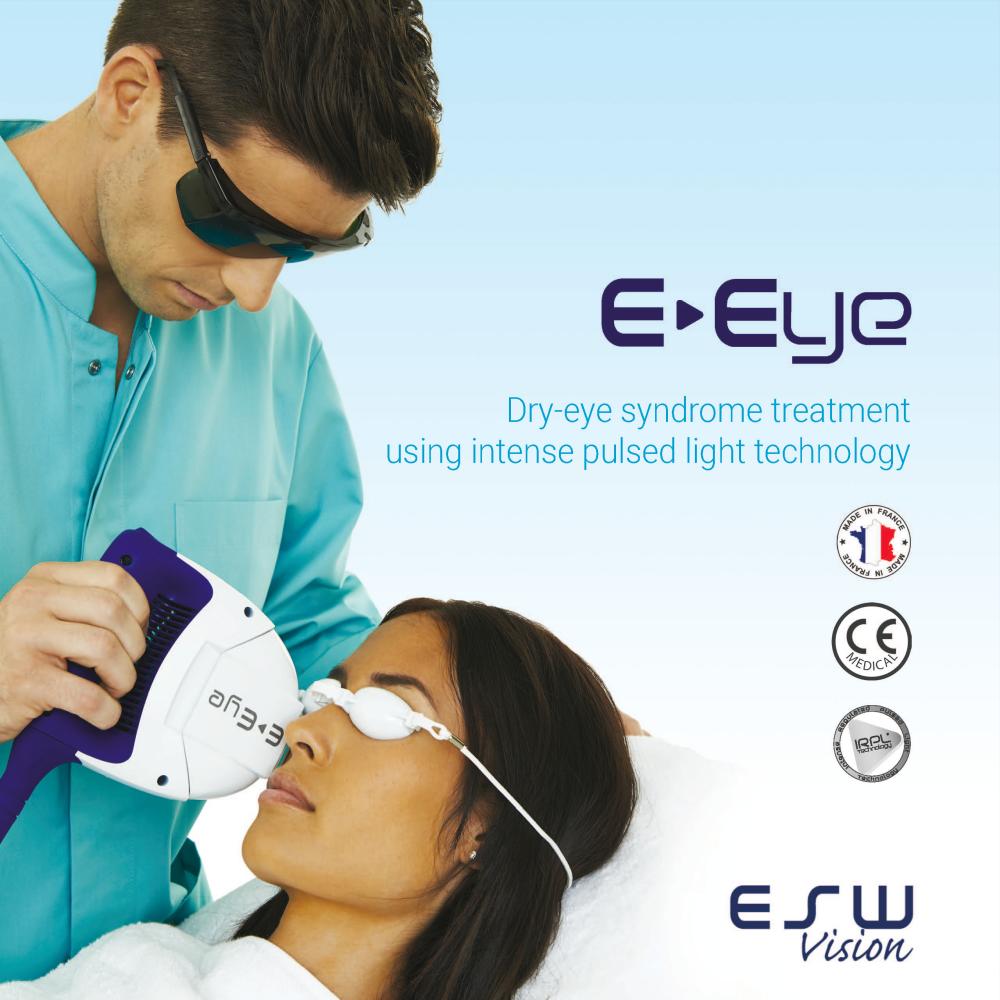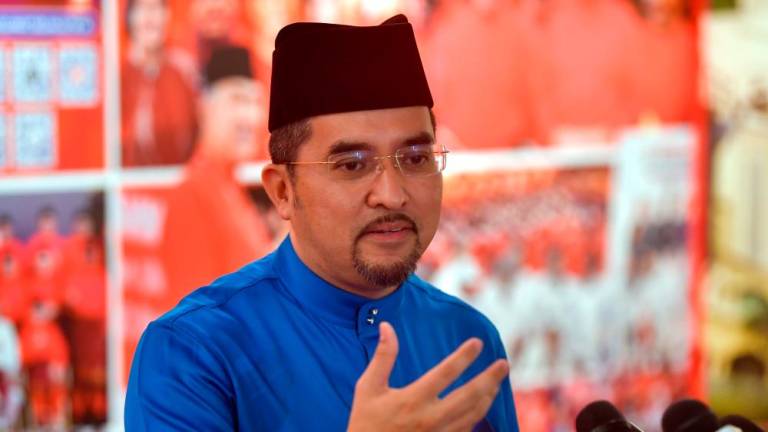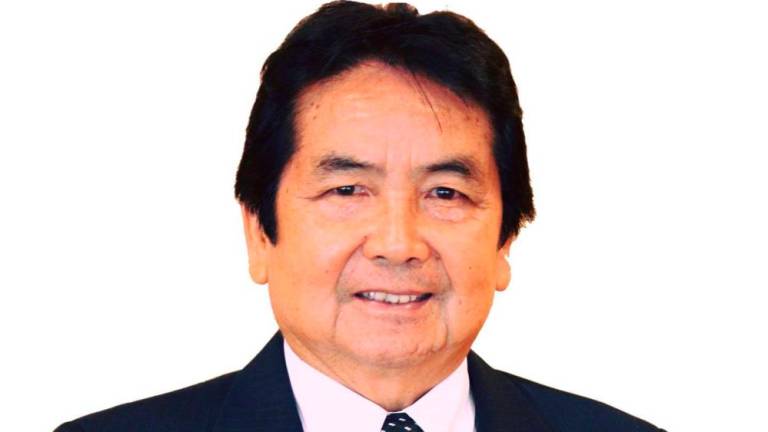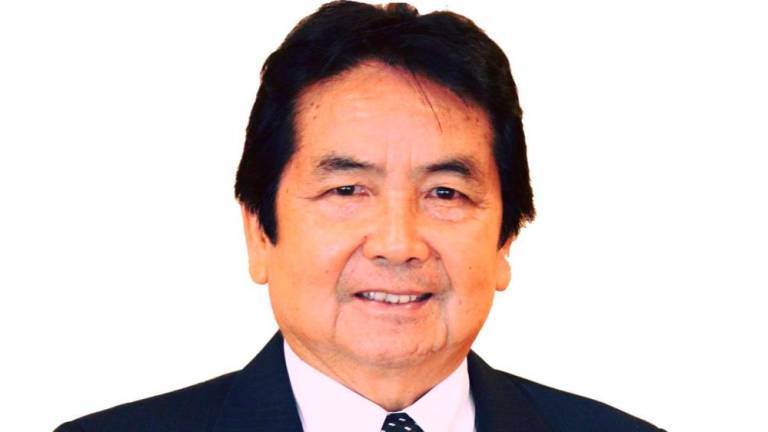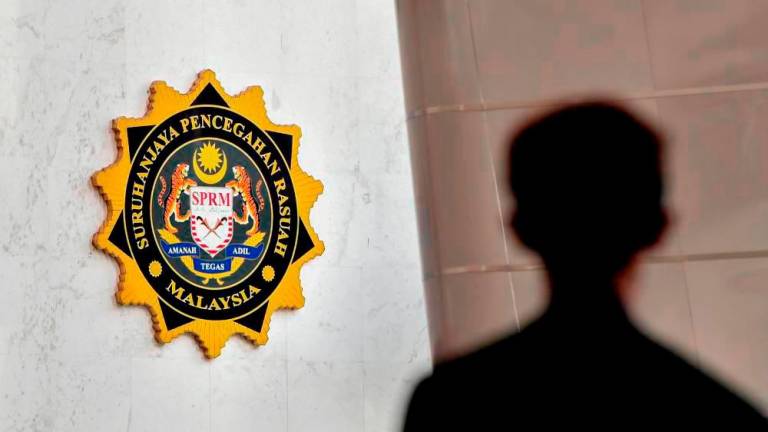THE tear film is a very important layer on the eye surface which maintains the smoothness of the surface for good vision and comfort. It is made up of three layers: mucin, water and lipid. A disturbance in the balance of all three components may lead to symptomatic dry eyes.
Dry eye disease is a common condition affecting more than 20% of the population with symptoms increasing with age. Common causes include being exposed to artificial lights or computer screens for too long, air pollution and contact lense usage.
Generally speaking, dry eye syndrome is caused by insufficient tears or excessive evaporation. However in a large majority of cases, it is caused by evaporation due to an insufficiency of the external lipid layer of the tear film secreted by the glands in the eyelids called the Meibomian glands.
Dry eye disease is an unpleasant sensory and emotional experience for patients. Although lubricating eyedrops may provide some relief, it is often not enough in more severe conditions. Depending on the cause of the dry eye problem, treatment may include other eye drops like Cyclosporine, steroid eyedrops or lipid-based drops. Manual expression, Meibomian gland probing and a procedure called Blephex may also need to be done.
The latest addition to the list of treatments is Intense Pulsed Light (IPL) therapy. It involves applying perfectly calibrated, homogenously sequenced, sculpted light pulses. The energy, spectrum and time period are precisely set to stimulate the Meibomian glands to cause them to return to their normal function.
Each treatment session takes only a few minutes, during which the patient is seated comfortably. The ophthalmologist will place a protective eyeware to protect the eyes from the light. A hydrogel will be applied onto the skin beneath the eyes for protection. A series of five flashes will be applied under the lower eyelid. The same procedure will be repeated under the lower eyelid of the other eye.
IPL doesn’t affect the Meibomian glands directly. It works by stimulating the nerves supplying the glands via a series of chemical reactions that takes place after the procedure, which stimulates secretion and contraction of the glands and improves microcirculation.
The treatment effect is cumulative. Generally lasting for one week after the first session, two to three weeks after the second session and six months to two years after the third to fourth session.
For further details, visit www.kpjcfs.com or contact KPJ Pusat Pakar Mata Centre for Sight at: 03-4022 6222 (KL); 03-7880 8222 (PJ); 03-6093 1051 (Rawang).



